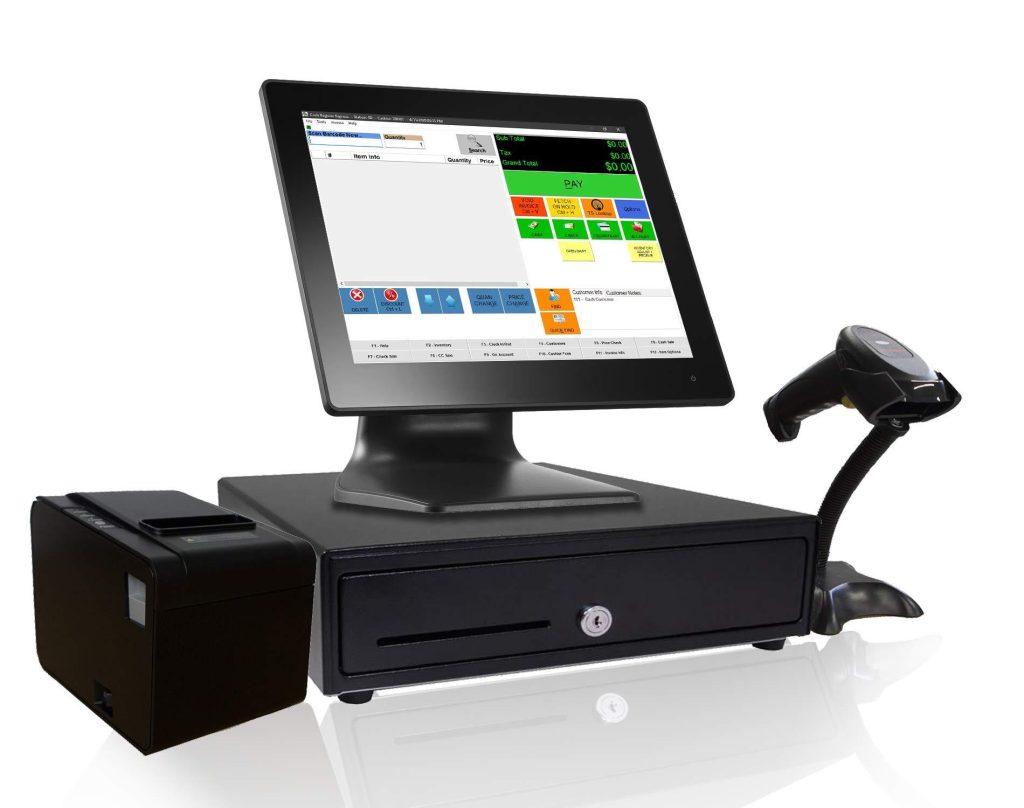
/meta title: Unlock Efficient transactions with POS Terminals: The Ultimate Guide
/meta description: Discover the power of Point of Sale (POS) terminals in streamlining yoru business transactions. Learn how to choose the right POS system, its benefits, and practical tips for implementation.
Introduction to Point of Sale (POS) Terminals
In the fast-paced world of retail and hospitality, efficient transactions are crucial for providing a seamless customer experience. Point of Sale (POS) terminals have revolutionized the way businesses process transactions,making them faster,secure,and more convenient. A POS terminal is an electronic device that enables businesses to accept payments, manage inventory, and track sales. With the advancement of technology, POS systems have evolved to include a range of features such as mobile payments, contactless transactions, and integrated inventory management.
How POS Terminals Work
A typical POS terminal consists of a combination of hardware and software components. The hardware includes a terminal, printer, barcode scanner, and cash drawer, while the software manages the processing of transactions, inventory, and sales data.When a customer makes a purchase,the POS terminal processes the payment,updates the inventory,and prints a receipt. POS terminals can also integrate with other systems such as accounting software, customer relationship management (CRM) tools, and ecommerce platforms.
Benefits of Using POS Terminals
The benefits of using POS terminals are numerous, including:
* Faster transaction processing: POS terminals process transactions quickly, reducing wait times and improving the overall customer experience.
* Improved accuracy: automated transactions minimize the risk of human error, reducing the likelihood of discrepancies and stockouts.
* Enhanced security: POS terminals use advanced security features such as encryption and tokenization to protect sensitive customer data.
* Increased efficiency: POS terminals streamline inventory management, sales tracking, and reporting, freeing up staff to focus on customer service.
* Better customer insights: POS terminals provide valuable data on customer purchasing habits, enabling businesses to make informed decisions on inventory and marketing strategies.
Types of POS Terminals
there are several types of POS terminals available, including:
* Traditional POS terminals: These are the most common type of POS terminal, typically consisting of a terminal, printer, and cash drawer.
* Mobile POS terminals: These are portable POS terminals that can be used to process transactions on-the-go.
* Cloud-based POS terminals: These are POS terminals that store data in the cloud, enabling businesses to access sales data and inventory levels from anywhere.
* Tablet POS terminals: These are POS terminals that use a tablet device to process transactions, often used in restaurants and cafes.
| POS Terminal Type | Description |
|---|---|
| Traditional POS | Terminal, printer, and cash drawer |
| Mobile POS | Portable terminal for on-the-go transactions |
| Cloud-based POS | Stores data in the cloud for remote access |
| Tablet POS | Uses a tablet device for transactions |
Choosing the Right POS Terminal for Your Business
When selecting a POS terminal, businesses should consider the following factors:
* Business size and type: Small businesses may require a simple, affordable POS terminal, while larger businesses may need more advanced features and scalability.
* Transaction volume: High-volume businesses require a POS terminal that can process transactions quickly and efficiently.
* Integration requirements: Businesses should consider the need to integrate with existing systems such as accounting software and ecommerce platforms.
* Budget: POS terminals vary in price, and businesses should consider the total cost of ownership, including hardware, software, and support costs.
Practical Tips for Implementing a POS Terminal
To ensure a accomplished implementation, businesses should:
* Train staff thoroughly: Provide comprehensive training on the use of the POS terminal and its features.
* Test the system: Conduct thorough testing to ensure the POS terminal is functioning correctly and integrates with existing systems.
* Monitor and maintain the system: Regularly monitor the POS terminal for any issues and perform routine maintenance to ensure optimal performance.
* Choose a reputable provider: Select a POS terminal provider that offers reliable support and maintenance services.
Case Studies: Successful Implementation of POS Terminals
Several businesses have successfully implemented POS terminals, resulting in improved efficiency, increased sales, and enhanced customer satisfaction. For example:
* A restaurant implemented a cloud-based POS terminal, enabling them to manage inventory and sales data remotely, resulting in a 25% increase in sales.
* A retail store implemented a mobile POS terminal, enabling them to process transactions on-the-go, resulting in a 30% reduction in wait times.
First-Hand Experience: The Benefits of POS Terminals
As a business owner, I can attest to the benefits of POS terminals. Our company implemented a POS terminal several years ago, and it has revolutionized the way we process transactions. The POS terminal has enabled us to streamline our inventory management, reduce errors, and improve customer satisfaction. We have also seen a notable increase in sales, attributed to the faster transaction processing and improved customer experience.
conclusion
POS terminals are a vital component of any business,enabling efficient transactions,improved accuracy,and enhanced security. By understanding the benefits and types of POS terminals, businesses can choose the right system for their needs and implement it successfully. With the right POS terminal, businesses can streamline their operations, improve customer satisfaction, and increase sales. Whether you are a small business or a large enterprise, a POS terminal is an essential tool for unlocking efficient transactions and driving business growth.



